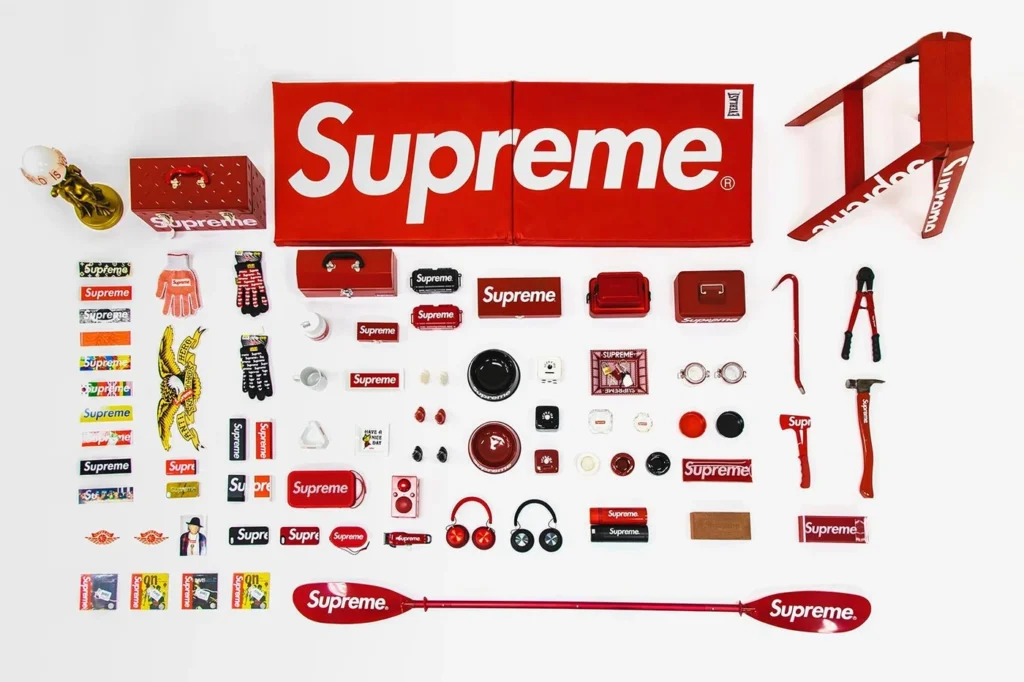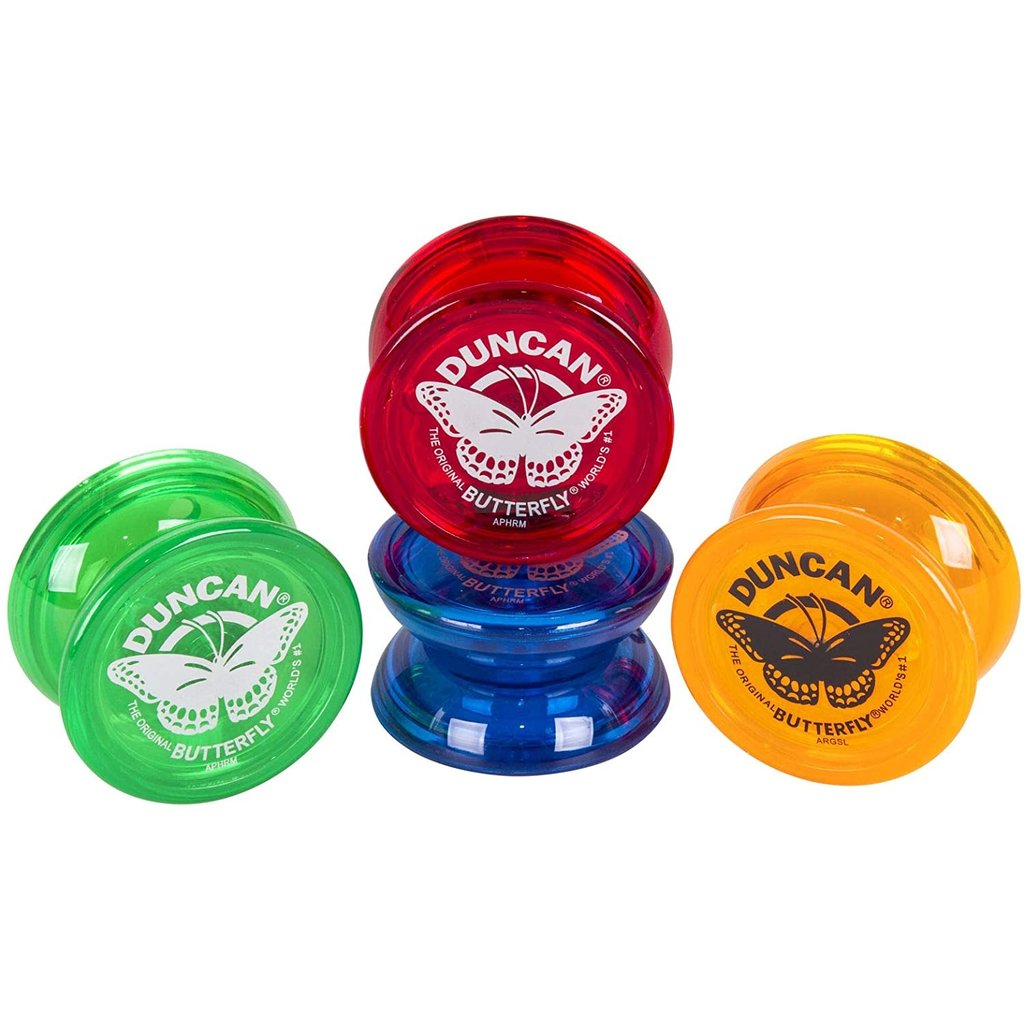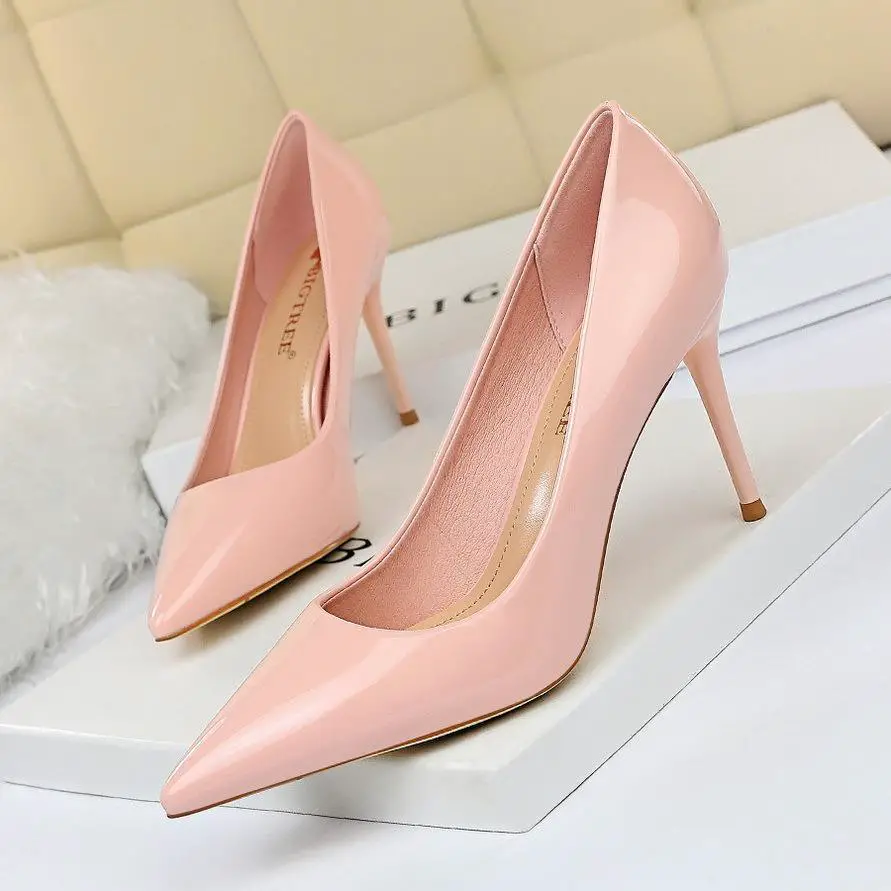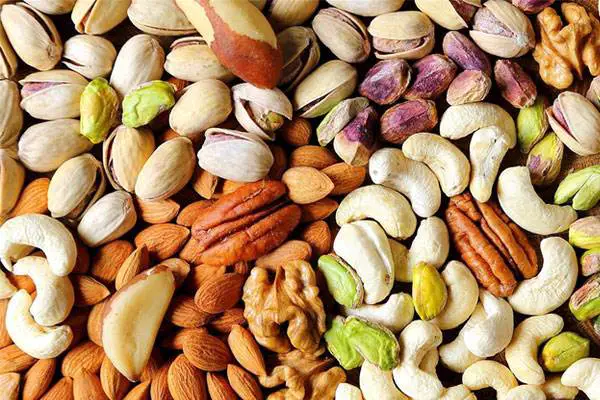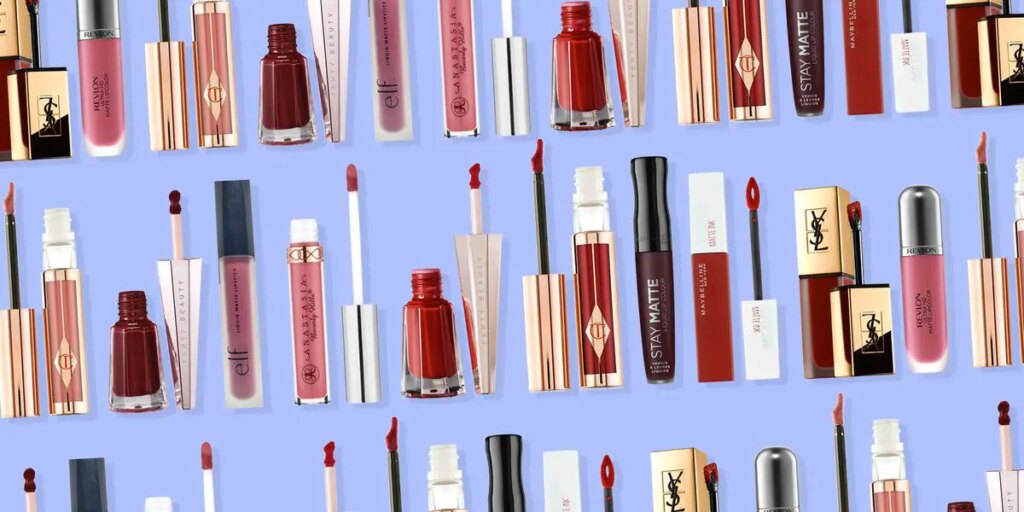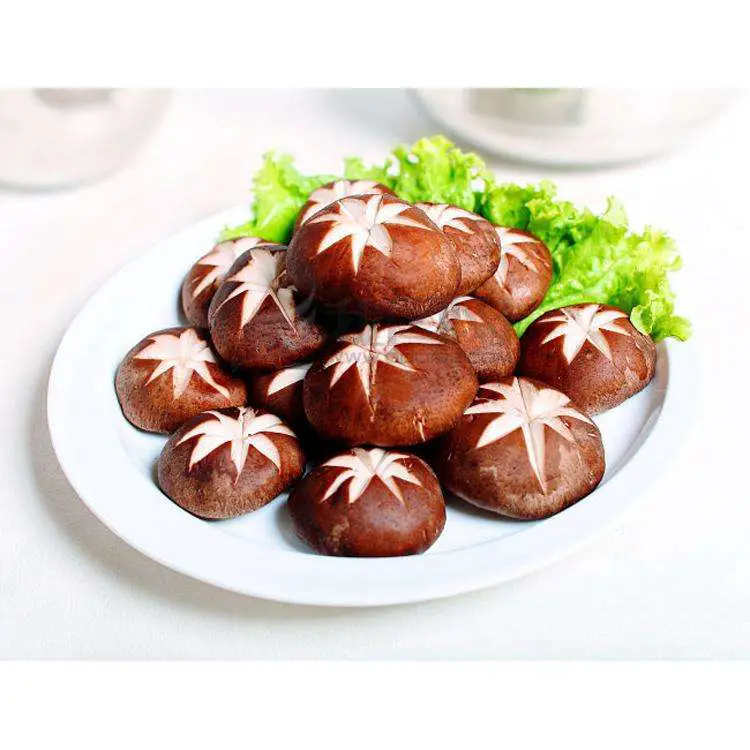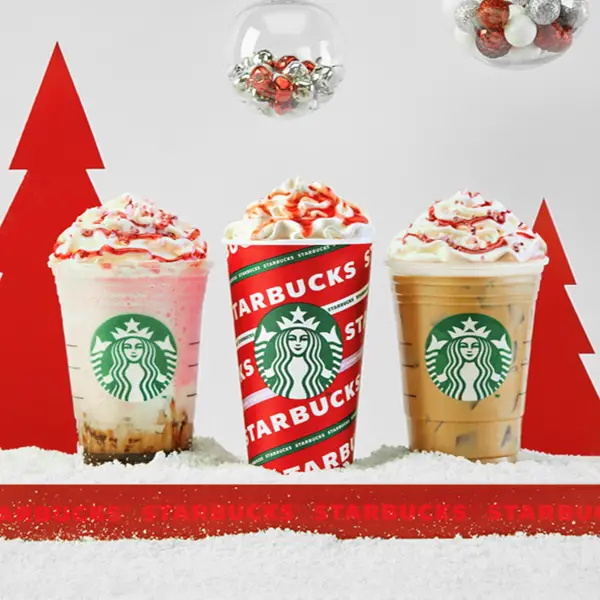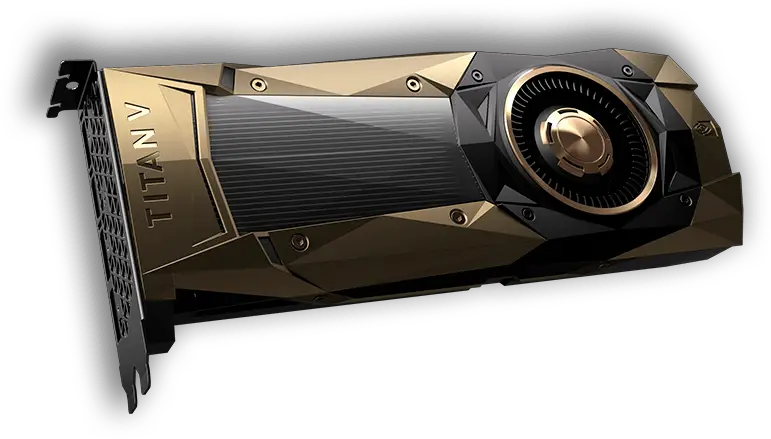What is the most expensive sake?
The most expensive sake is often considered to be Kimizu, which can sell for around $500 per bottle. However, there are limited editions and rare brews that can reach prices in the thousands, depending on the rarity and craftsmanship involved in their production.
What is the highest quality sake?
The highest quality sake is typically classified as Daiginjo. This type of sake is made from rice that has been polished to at least 50%, resulting in a refined flavor profile that showcases fruity and floral notes.
What is the highest grade of sake?
The highest grade of sake is Daiginjo, which is followed closely by Junmai Daiginjo. Both categories require a high level of rice polishing and are known for their exceptional quality.
What is premium sake called?
Premium sake can be referred to as Ginjo or Daiginjo, with Ginjo being slightly less polished than Daiginjo but still offering a high-quality drinking experience.
What is the king of sake?
The title of “king of sake” often goes to Daiginjo due to its superior quality, complex flavors, and meticulous brewing process.
Can I get drunk on sake?
Yes, you can get drunk on sake. It has an alcohol content similar to wine, typically ranging from 15% to 20%, so consuming it in large quantities can lead to intoxication.
Is sake the healthiest alcohol?
Sake is often considered one of the healthier alcoholic beverages due to its natural ingredients and lower levels of congeners compared to other spirits. It also contains amino acids and antioxidants, which may offer some health benefits when consumed in moderation.
What are the 4 types of sake?
The four main types of sake are:
- Junmai: Pure rice sake with no added alcohol.
- Ginjo: Premium sake with a polishing ratio of 60% or less.
- Daiginjo: Super premium sake with a polishing ratio of 50% or less.
- Honjozo: Sake with a small amount of distilled alcohol added for flavor enhancement.
What is the most sold sake?
The most sold sake brand globally is Gekkeikan, which offers a wide range of products at various price points, making it accessible to many consumers.
Why is sake so expensive?
Sake can be expensive due to factors such as the quality of rice used, the polishing process, traditional brewing methods, and limited availability of certain types. Craftsmanship and regional specialties also play significant roles in pricing.
How to tell if sake is premium?
Premium sake usually has a clear label indicating its grade (like Ginjo or Daiginjo) and will exhibit a smooth texture, refined flavors, and aromatic complexity. Tasting notes often include fruity or floral characteristics.
What is the highest polished sake?
The highest polished sake is typically classified as Daiginjo, where the rice is polished down to 50% or less, resulting in an exceptionally pure flavor profile.
What is the rarest sake?
One of the rarest sakes reported is Juyondai, known for its limited production and high demand. Some bottles can fetch thousands of dollars at auction due to their rarity.
What is the most pure sake?
The most pure form of sake would be categorized as Junmai, which means “pure rice” and contains no added distilled alcohol or additives.
What is Japan’s best sake?
Japan’s best sake can vary by personal preference, but brands like Dewazakura and Juyondai are frequently recognized for their exceptional quality and craftsmanship.
Why does sake get you drunk so fast?
Sake may lead to quicker intoxication due to its higher alcohol content combined with its unique fermentation process, which can affect how your body absorbs alcohol compared to other beverages.
What is the strongest sake?
The strongest commercially available sake can reach up to 20% alcohol by volume (ABV), with some specialty brews exceeding this limit. However, most traditional sakes fall between 15% and 18% ABV.
What is the highest level of sake?
The highest level of sake refers to Daiginjo, specifically Junmai Daiginjo, which represents top-tier quality in both ingredients and brewing techniques.
Is sake bad for the liver?
Like all alcoholic beverages, excessive consumption of sake can be harmful to your liver. However, moderate drinking may not pose significant risks for healthy individuals.
Do you sip or shoot sake?
Sake is typically sipped rather than shot. It’s enjoyed slowly to appreciate its flavors, often served in small glasses or traditional cups called ochoko.
Why does sake not give a hangover?
Sake may result in fewer hangover symptoms compared to other alcoholic drinks because it contains fewer congeners (byproducts of fermentation) and has a relatively pure composition when made traditionally.
Is expensive sake worth it?
Expensive sake can be worth it if you appreciate fine flavors and craftsmanship. Higher-priced sakes often provide a more complex tasting experience that many enthusiasts find rewarding.
Do you drink sake warm or cold?
Sake can be enjoyed both warm and cold depending on its type. Premium sakes like Ginjo and Daiginjo are typically served chilled, while others like Junmai can be enjoyed warm.
How much is a good bottle of sake in Japan?
A good bottle of sake in Japan can range from around ¥1,000 ($10) for decent quality up to ¥10,000 ($100) or more for premium selections at specialty shops or restaurants.
What is the closest drink to sake?
The closest drink to sake would be soju, a Korean spirit made from grains or sweet potatoes. Both beverages share similarities in production methods but differ significantly in flavor profiles.
What is a high-end sake?
High-end sakes are typically categorized as Daiginjo or premium Ginjo sakes that feature meticulous brewing processes and high-quality ingredients, often commanding higher prices due to their rarity and craftsmanship.
Who drinks the most sake?
Traditionally, Japanese people consume the most sake; however, it’s also gaining popularity worldwide among enthusiasts who appreciate Japanese culture and cuisine.
What is the most popular sake brand?
The most popular brand globally includes Gekkeikan, known for its wide distribution and variety of offerings that cater to different tastes and budgets.




